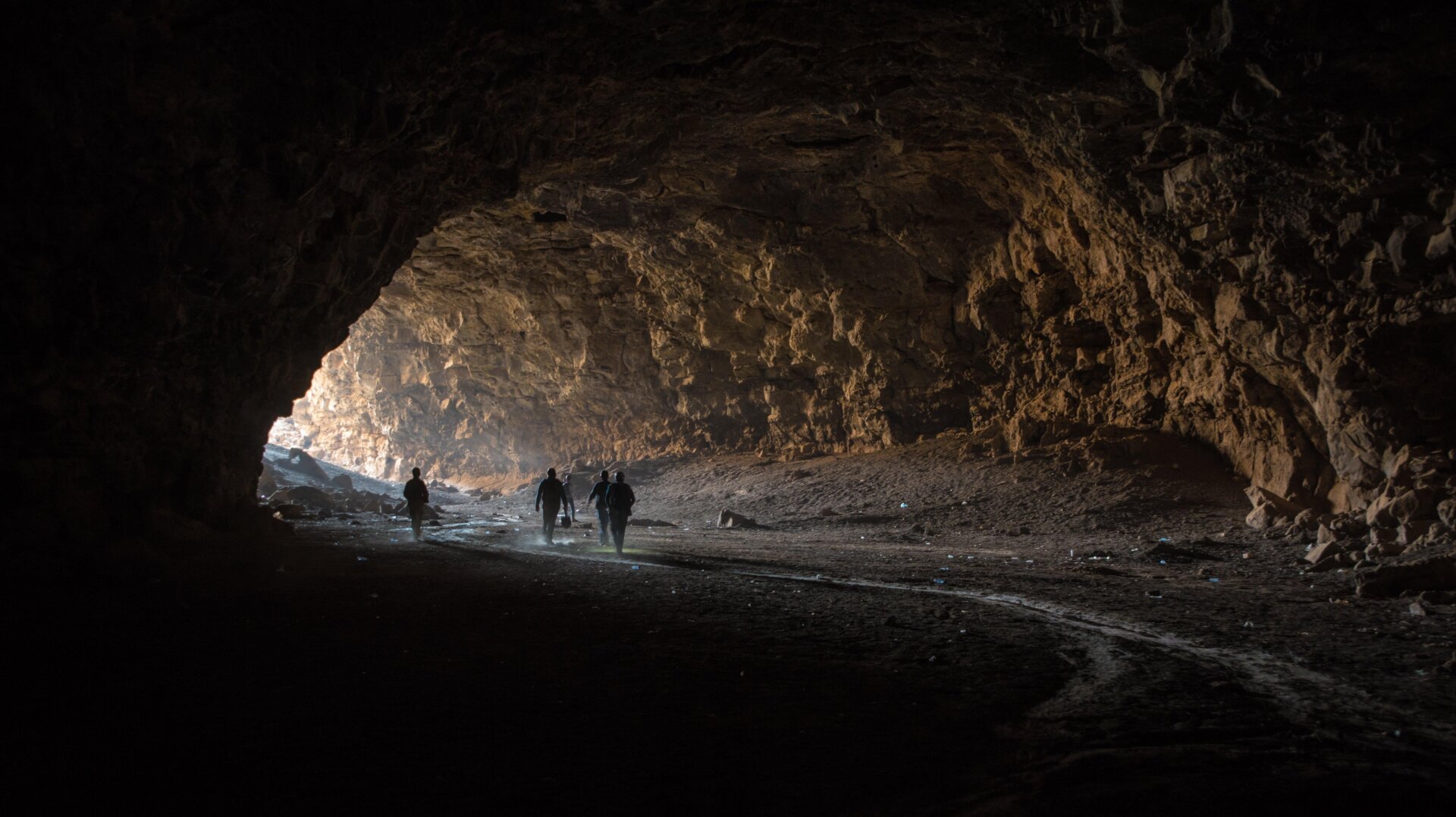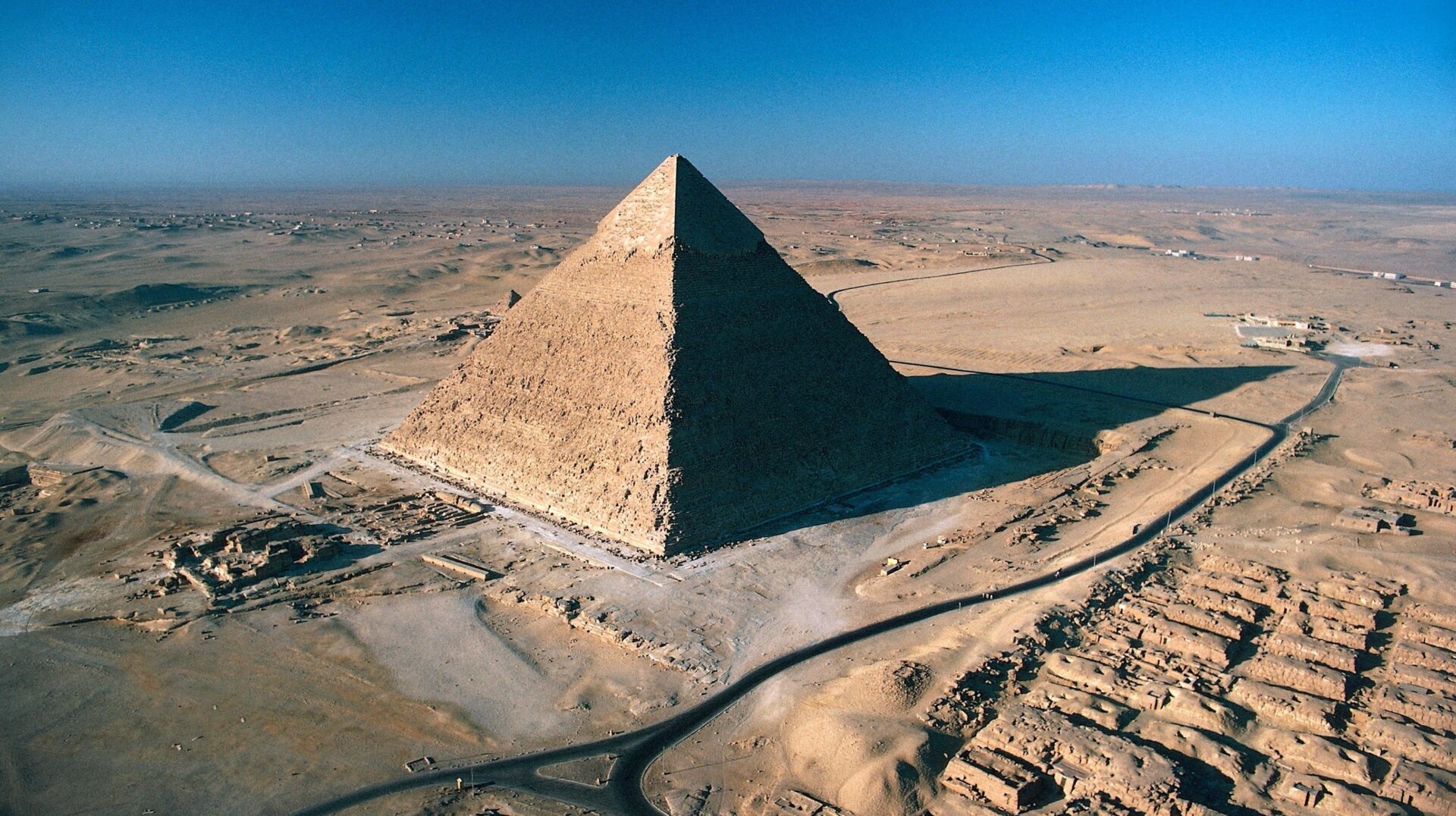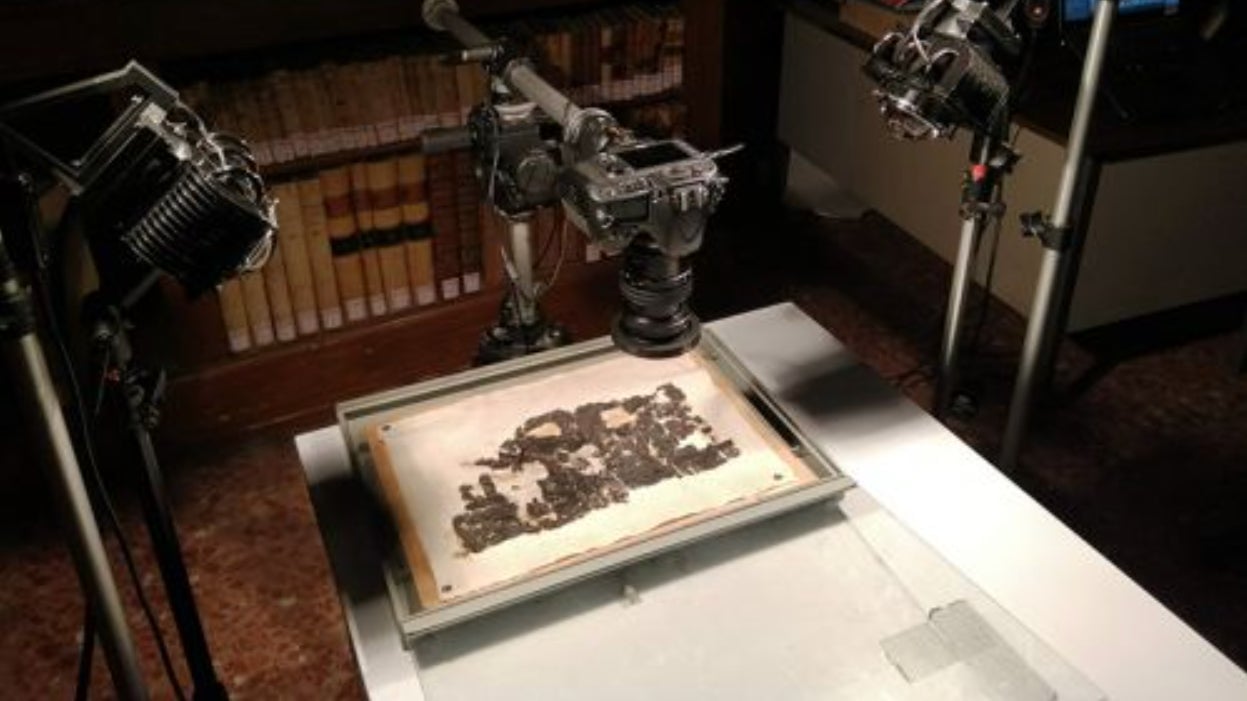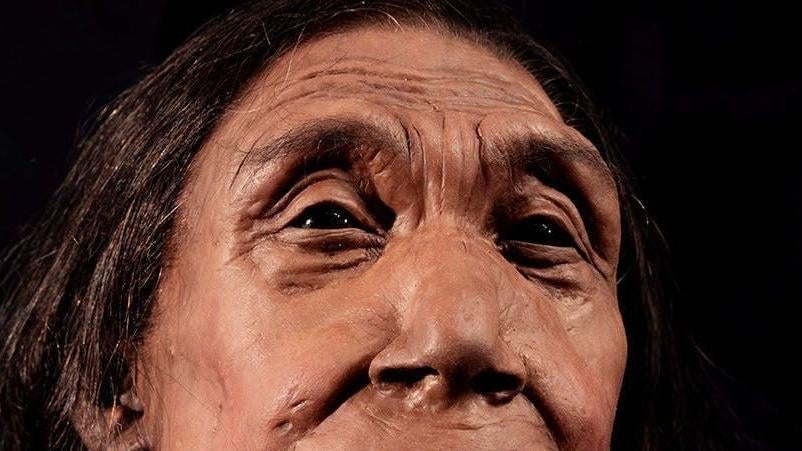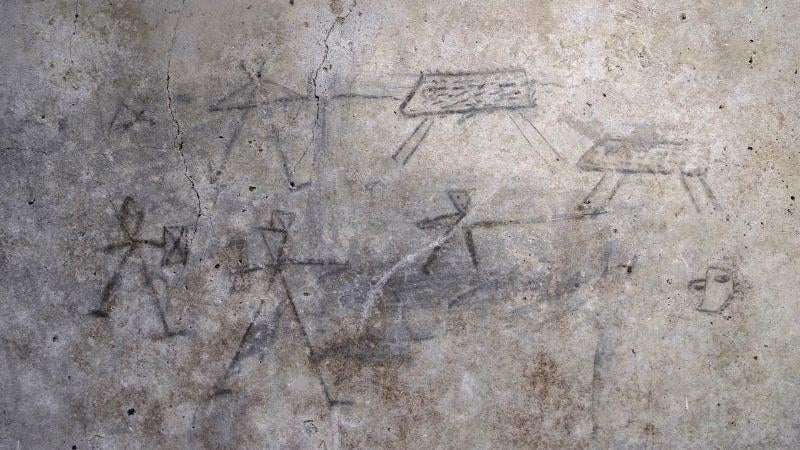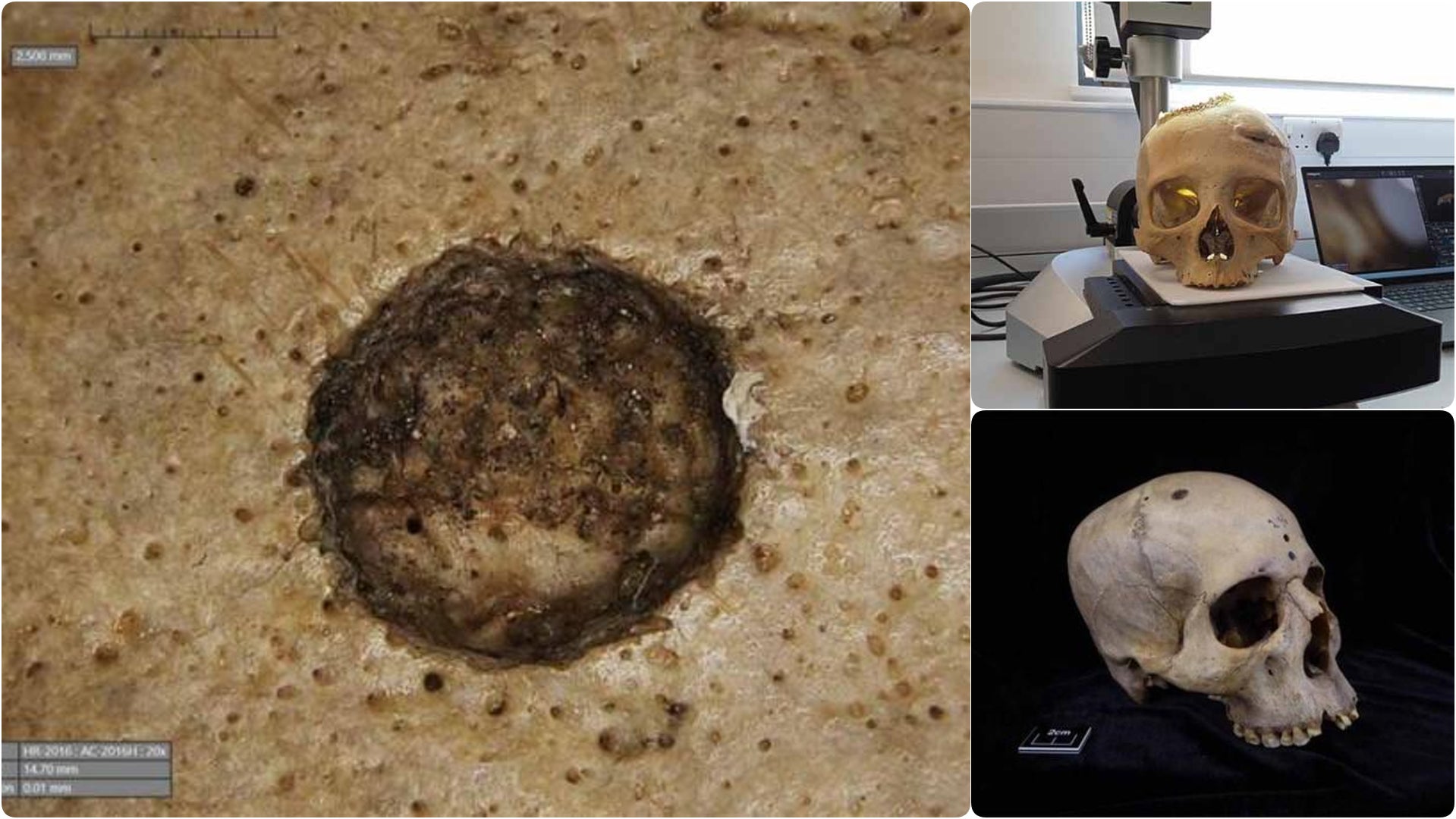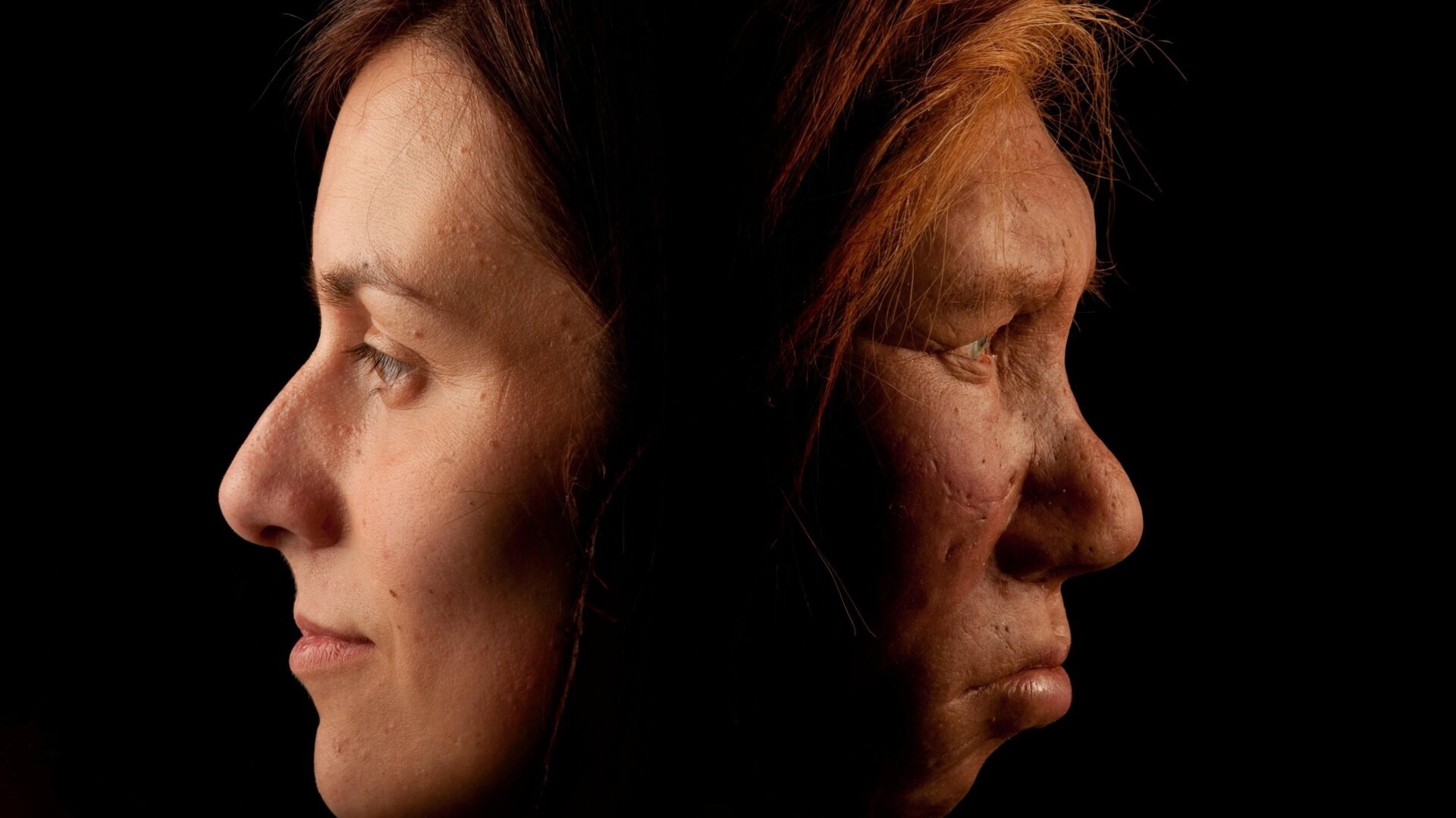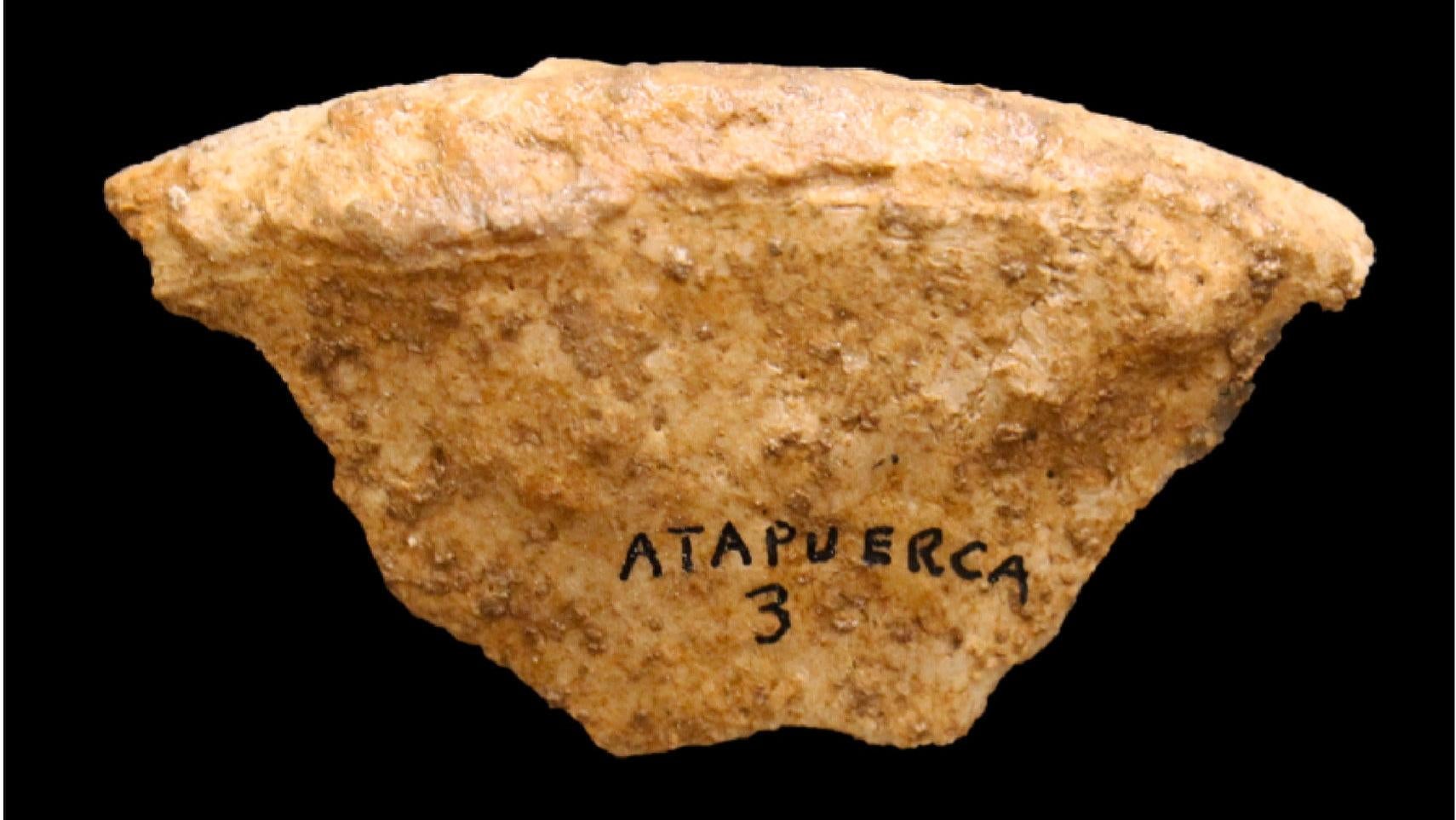Humans need food, water, and shelter to survive. New research reveals that a nearly mile-long lava tube, Umm Jirsan, located about 77 miles (125 kilometers) north of Medina, Saudi Arabia, provided at least two of these necessities for ancient humans for over 7,000 years.
Umm Jirsan, the longest lava tube in Saudi Arabia’s Harrat Khaybar volcanic field, currently serves as a habitat for wolves, foxes, and snakes. However, this natural structure once offered refuge to human pastoralists and their livestock. A recent study, published in PLoS One, examines faunal remains and nearby rock art, adding to the growing understanding of this significant archaeological site.
“Umm Jirsan represents a unique archaeological site in the region, offering excellent preservation of organic materials like bone and layered sediments,” explains Mathew Stewart, lead author and zooarchaeologist at Griffith University in Australia. “We initially visited the site to investigate previously reported large bone caches, not expecting to uncover such significant archaeological findings.”
In 2021, Stewart’s team discovered evidence of striped hyenas creating bone caches deep within the lava tube. They identified hundreds of thousands of bones from at least 40 species, spanning from the Neolithic period to the Victorian Era. The oldest faunal remains date back approximately 7,000 years, but Stewart suggests animals likely used the lava tubes since their formation millions of years ago.
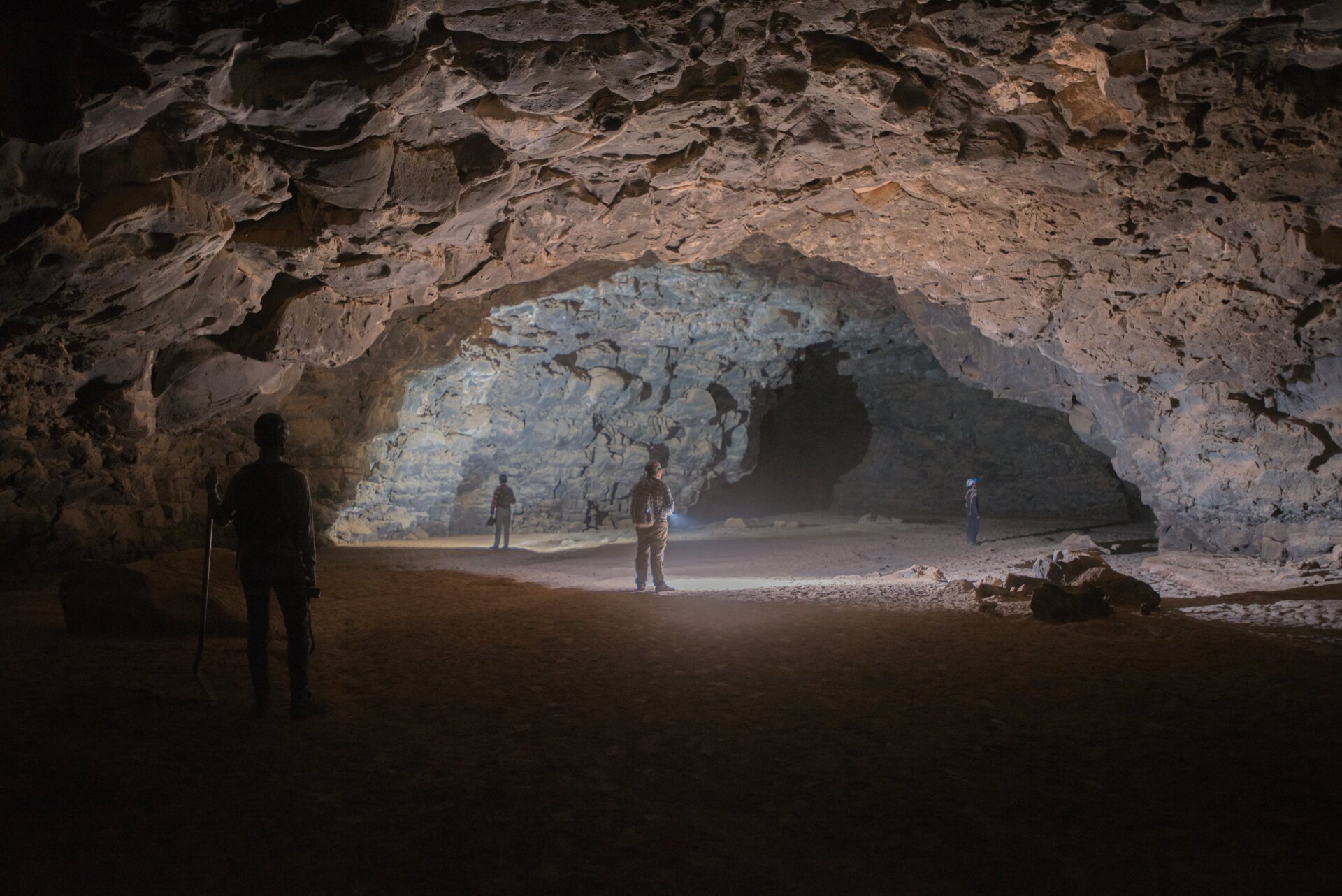 The interior of the lava tube.The interior of Umm Jirsan lava tube provides a glimpse into its vastness and potential for shelter. Photo: Green Arabia Project
The interior of the lava tube.The interior of Umm Jirsan lava tube provides a glimpse into its vastness and potential for shelter. Photo: Green Arabia Project
The recent study provides evidence of human occupation of Umm Jirsan between the Neolithic and Bronze Ages, demonstrating millennia of human use. Isotopic analysis of human remains revealed a dietary shift towards foods rich in a carbon isotope associated with oasis agriculture.
Researchers excavating within the lava tube.Archaeological excavations within Umm Jirsan lava tube reveal clues about past human activity. Photo: Green Arabia Project
However, the researchers believe Umm Jirsan wasn’t permanently inhabited. Instead, it likely served as a temporary haven for herders and their flocks, providing shade and water. Rock art and other faunal records from the surrounding area suggest the lava tube lay along a pastoral route connecting vital oases, functioning much like an ancient truck stop.
The rock art, found at a collapsed lava tube northeast of Umm Jirsan, consists of 16 panels depicting cattle, sheep, goats, and possibly ibexes. These depictions provide further insights into the pastoral activities in the region during that time.
Although not a permanent settlement, Umm Jirsan provided crucial shelter from the harsh desert elements for humans and their livestock for thousands of years. The promise of respite from the sun, wind, and heat would have made Umm Jirsan an ideal prehistoric rest stop.
While the oldest bones date back 7,000 years, Harrat Khaybar itself boasts a much longer history. Seven of its lava flows are less than 1,500 years old, according to the Smithsonian Institution’s Global Volcanism Program. Moreover, a 2022 study suggests the region retains the potential for future volcanic activity.
Though the lava tube provided essential shelter, the presence of predators like striped hyenas also contributed to the accumulation of bones within Umm Jirsan. These findings highlight the complex interplay between humans, animals, and the environment in this unique prehistoric setting. Further research into this intriguing location promises to reveal more about ancient life in the Arabian Peninsula.



